Could The 2015 Corvette Stingray Crack 30 MPG With New 8-Speed Automatic?
GM’s upcoming 8-speed automatic, dubbed the 8L90, will be a cornerstone of their new rear-wheel drive cars – and the 2015 Corvette lineup will be among the first to get it.
Back in December, our own Ronnie Schreiber gave us a preview of the new 8-speed gearbox via a leaked SAE paper. Although it carries the same footprint as the outgoing 6L80, the 8L90 is full of improvements. First gear is shorter, for better acceleration, while fuel economy is said to be improved by 5 percent across the board. With 6-speed automatic C7 able to hit 28 mpg on the highway, a 5 percent gain translates to 29.4 mpg – but it wouldn’t be shocking if Chevy pulled out all the stops to hit the magical thirty em pee gee number, if only for marketing bragging rights.
Along with the Corvette, the 8L90 is expected to appear on other rear-drive cars, as well as trucks. The addition of the 8-speed auto will certainly be a nice boost for GM’s full-size SUVs and pickup trucks, not to mention rear-drive Cadillacs and the upcoming Camaro.
More by Derek Kreindler



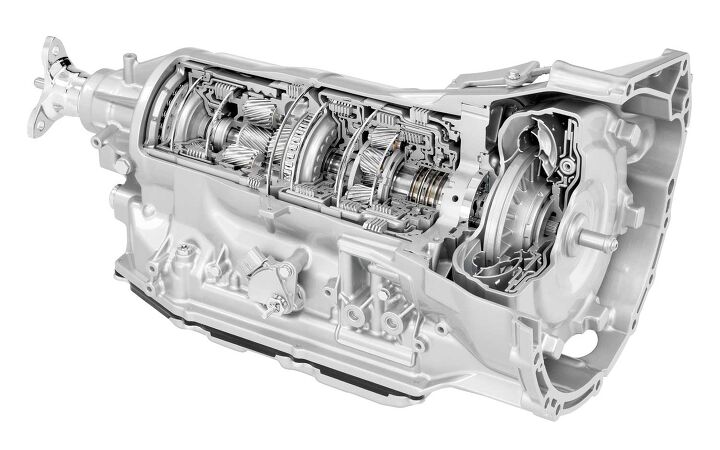












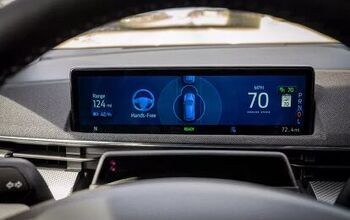


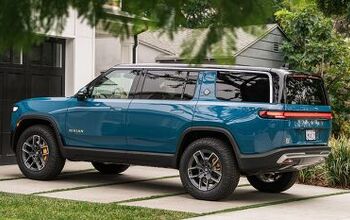





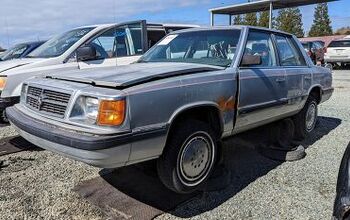

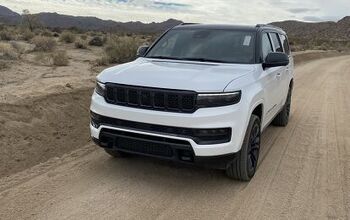

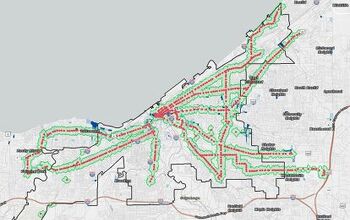




Comments
Join the conversation
If they can get better fuel economy from 8 speeds, fantastic. But my concern is A) is the transmission more "delicate" with the added complexity and B) is this done mainly just to satisfy ridiculous and arbitrary CAFE standards at incredible expense to the consumer. I honestly don't think the average Corvette customer cars about 28 vs 29.4 mpg on the highway. You probably talking about 50 cents a month in gas, and it will likely never break "even" on the added cost it adds to the new car price. But you will get their attention if this new fangled 8 speed requires replacement much sooner, it's impossible to rebuild, and a GM dealer wants $8,000 for it.
I've heard this transmission might be based on the Aisin/Toyota/Lexus 8-speed. Anyone have any insight? Edit: Actually, after reading the the SAE paper, I'm almost positive this is a licensed ZF8 design. The 7.0-1 gear spread, the 5 clutches and off-axis oil pump are exactly the same as the ZF8.
I think a lot are missing the picture. It's not that the Vette owner cares about MPG, it's about having a 460hp car that gets easy 30mpg on the highway! Also not having to stop so often to get gas on long trips! I can't wait to see how the new Charger RT will do with the 8 speed. Currently I can get 30mpg on the highway by keeping it around 50-58mph. Problem is I'm at almost 2k RPMs at 60mph, so my MPG drops to 25 when doing 70ish.
To answer the headline question, Yes--if one or two of those gears is an extra tall overdrive. Quite honestly, with the aerodynamics of the Corvette, it should have already exceeded the 30mpg mark years ago. That big engine doesn't need to turn more than 1,000 rpm to idle down the freeways at 70mph+. As such, if a '96 Camaro V6 could exceed 32mpg with a 4-speed automatic transmission, the V8 Corvette shouldn't have any trouble doing the same.